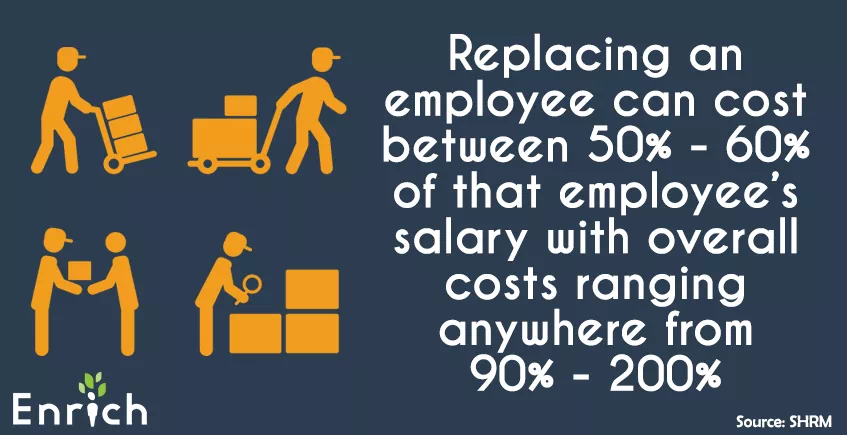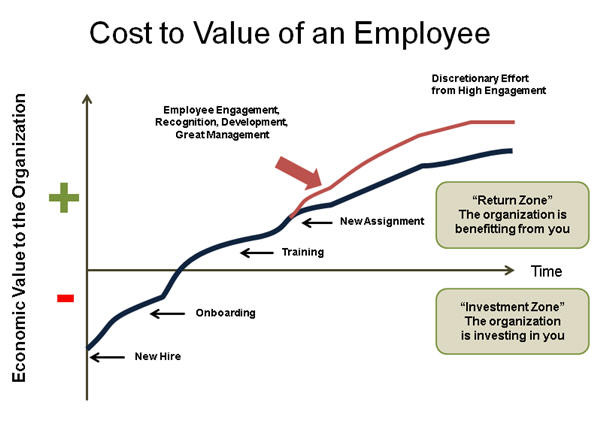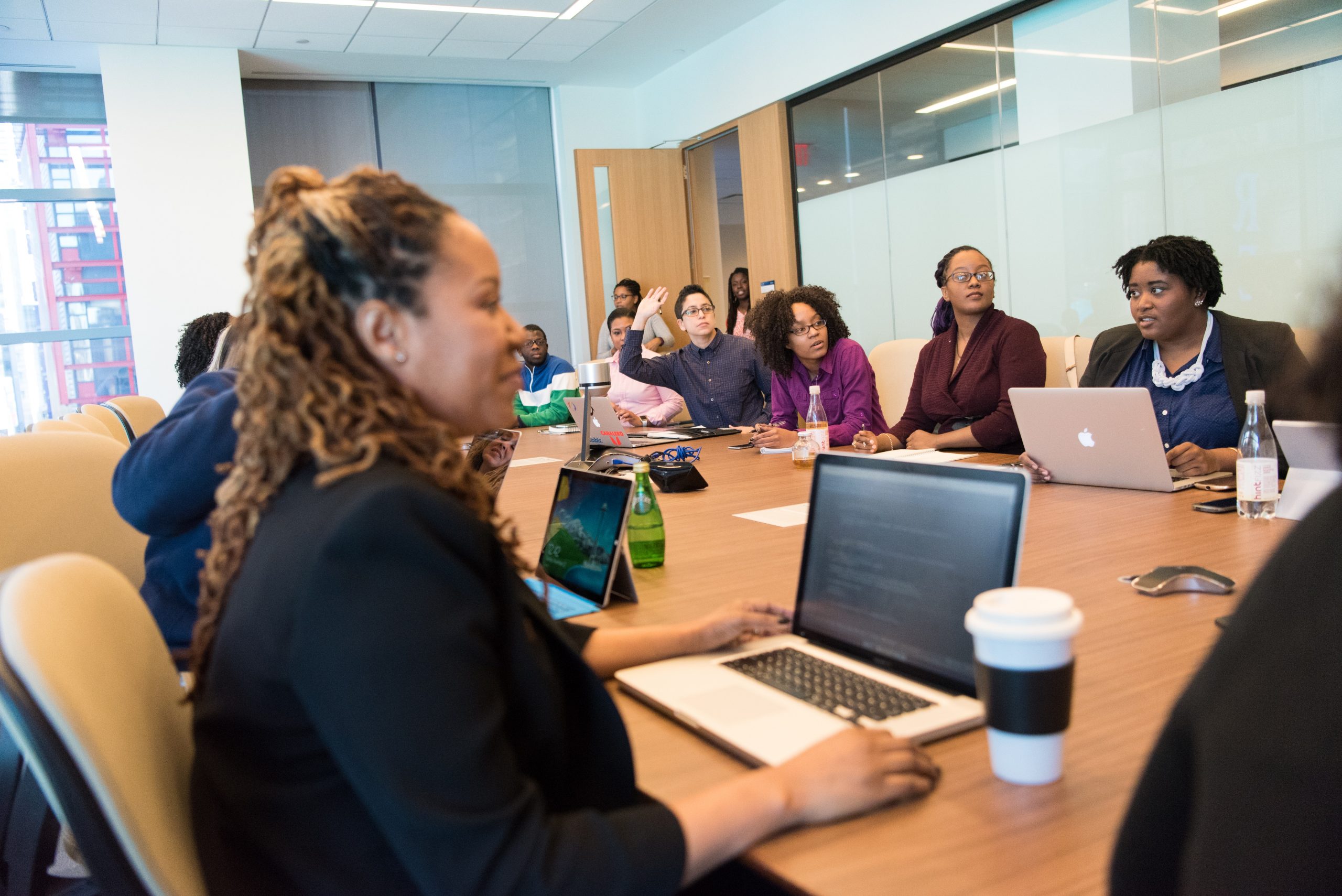
How to send MyEdge invite

How to request Time Off on MyEdge
How to Prioritise Career Development and Internal Mobility across the employee lifecycle
As HR strategies become more sophisticated, prioritising career development and formalized internal mobility programs have become an integral part of the recruitment, retention, and strategic personnel processes.
Internal mobility is not just about moving up the office’s organogram; it is also about moving side to side, leveraging on skills to move people through departments in the company. Career development is the outcome of actions on career plans as viewed from both individual and organisational perspectives. When done strategically, it is a win for both employees and employers.
Why prioritise career development and internal mobility at the workplace?
1. Cost of new hire:

Studies by HR professionals and associations such as SHRM have shown the overall cost of hiring a replacement can range from 90% to 200% of that employee’s salary. The more skilled an employee is, the more it costs to replace them.
2. The economic value of employee overtime:
While most employees are a cost to the organisation initially, overtime with proper toning of skills and good management, they not only add value to the organisation but also save the cost it will take to get a senior staff member subsequently.

3. Retention
The economy is picking up and young people want career growth. There is a higher demand and competition for talent. Employees have also found easier ways to get better jobs and get poached for free; for example, over 200M+ applications are submitted monthly on LinkedIn and 4 people get hired every minute. Employees need to know they are not alone on their career growth path.
How to measure the success of career development and internal mobility at the workplace
1. Ongoing feedback system:
Don’t just have a system, ensure the employees know it works and their feedback would be taken into consideration and looked into. According to Amanda Friedl (Vice President, Jazz HR), a functioning ongoing feedback system helps you track the demographic data of your employees. Data like who got a promotion, who didn’t get one, turnover rate, employee recommendations, etc would be helpful in measuring what’s working and in building a strategy that your CEO would be interested in.
2. Frequent fun surveys:
Have frequent internal surveys to know areas employees are passionate about, where they would like to improve in the organisation. For example, Bryce Weinert (the Creative Operations Manager at teambuilding) sends out tinder forms at her office; it’s a fun form that encourages employees to list skills they have, their likes, dislikes, interests, etc. basically fun data to pull on to have a match for all things.
Career development and internal mobility in startups and small businesses
It is understandable that micro, small businesses may not have a defined career path for staff as all hands are really on deck to grow the business. However, as you continue to grow your customers ensure to grow your employees as well.
Some organisations tend to define growth from without, rather you should prioritize growing from within (not first a career track). Being new you might not be able to set your crew apart. However, once there’s an opportunity to do more in any department, share it in-house first. This way, you’d be pushing a “grow with us as we grow” approach to new intakes and existing employees.
Ensure your performance reviews are not first achievement-related but development related. What have you been able to do better? Have you gained any skill or brushed up on a previous one? Do a root cause analysis of key accomplishments and not up to expectations performances. What helped? What can be helped? Motivate and give comments to discover the upper limit of your employees always.
Conclusion
No matter an employee’s first job with your company, they should be able to access any career path as long as it is in line with the company’s strategy and goals. With employees still walking out of jobs ad taking up new jobs, what industry experts now refer to as the Great Resignation, employers need to be more deliberate in ensuring the retention of great talents.
